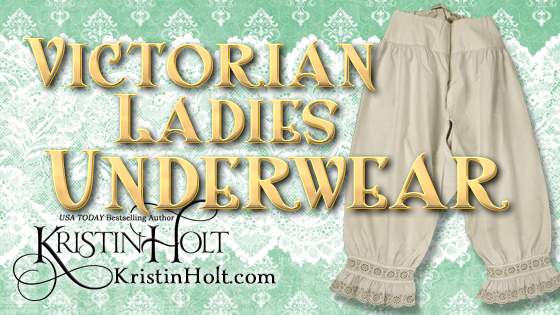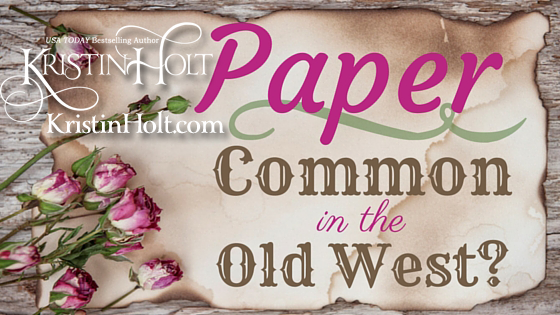
by Kristin Holt | May 24, 2016 | Articles
Throughout the 19th century, ladies undergarments remained quite similar. Drawers (or bloomers), yesteryear’s most related item to today’s panties, ranged from knee- to ankle-length, were constructed of various fabrics, and were held up by a button or drawstring, with an open crotch.
Item listings in vintage catalogs and magazines illustrate the standard items available via mail-order throughout the United States Victorian era.

by Kristin Holt | May 21, 2016 | Articles
Open discussion of a woman’s menstrual cycle (and hygiene needs) are a relatively new development, but women have been coping without modern feminine hygiene products for millennia. The Victorian-era American women had many conveniences for their day, including ready-made, catalog-ready products marketed specifically for them. Hygiene often included douching with specially designed syringes. The timing of the first truly disposable product just might surprise you. This article contains images from the Sears, Roebuck & Co. catalog and Montgomery, Ward & Co. catalog of the day.

by Kristin Holt | May 12, 2016 | Articles
Victorian-era Americans (both men and women) had ready access to commercially prepared human hair pieces. Women wore them to achieve the style of the day without cutting their hair or to achieve the fullness and length considered stylish and desirable when their own hair couldn’t grow to such amazing lengths. Mail-order catalogs of the period provided a wide variety of products, appealing to men and women alike, including products purported to restore gray hair to the color of youth.

by Kristin Holt | Jan 30, 2016 | Articles
How did 19th century folks go about ordering something from Montgomery Ward or Sears, Roebuck & Co. catalogues? How was payment sent? What about delivery options?

by Kristin Holt | Jan 27, 2016 | Articles
I’ve read books where the intrepid hero has to reuse brown paper the mercantile owner used to wrap a purchase in order to leave the heroine an all-important note. I read another novel where a would-be bride’s employer deducted the cost of paper and envelope from her wages. Was paper that expensive? Did expense translate to scarcity?













